
Walk through any bookstore or have a look through a handful of websites that talk about self-enrichment. Chances are career and personal development advice is readily available. Nearing the top of almost every list is how appearance counts. Regardless of whether your idea of success is career-driven or in relation to nurturing personal relationships, the unfortunate truth is that many people will often overlook you if you do not “look the part.”
This particular train of thought indicates that healthy-looking and aesthetically-pleasing smiles can help make or break a first encounter. After analyzing multiple studies, an article[1] featured in the American Journal of Orthodontics and Dentofacial Orthopedics noted that, if a person presents themselves in a more professional manner regarding attire and overall levels of appearance, they were likely to be perceived as having higher IQs and be more successful in a job hunt. These studies also revealed the increased likelihood of positive outcomes in relation to career prospects, salary, and relationships - even if they were facing convictions for civil or criminal crimes[2].
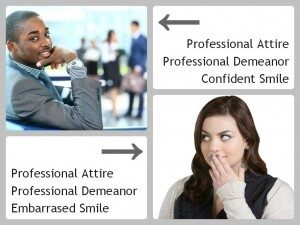
Why is this though? When and why did physical appearance become such a substantial determining factor for success? The answer lies in self-confidence and the projection of who a person is. Malocclusions and other oral health issues harbor psychological effects on individuals. For example, did you know that many people with crooked teeth feel embarrassed to smile, hold a conversation, or even eat in front of others?
According to a study by the American Association of Orthodontists[3], young and mature adults were often more antisocial if they were in need of orthodontic care. This study described how malocclusion can lead to a gradually more negative outlook, plus an inherent embarrassment regarding oral health and/or general appearance[4]. Consequently, if a smile alone is an undeniable portrayal of positive self-confidence, then it is understandable how it can influence other areas of your life, including if you are hoping to achieve a promotion or discovering a new dating prospect.
At Budd Orthodontics, our staff works with a wide variety of patients, from children to teens and adults. In recent years, we have seen a rise in adults seeking orthodontic care given that appearance matters. Adults are actively seeking ways to actively improve their youthfulness and venues for success in their personal lives. Fears and vanity are common when it comes to personal success.
Our question to you is, why wait? Whether you are seeking college approval, an entry-level position, climbing the professional ladder or seeking a romantic partner, there are many reasons to straighten your smile. At Budd Orthodontics, both of our offices are located near Arizona State Route 51 for your convenience. Schedule your free intial consultation or learn more about the cost of braces or Invisalign today!
[1] Henson, Scott T. Steven J Lindauer, W. Grham Gardner, Bhvana Shroff, Eser Tufekci and Al M Best. “Influence of Dental Esthetics on Social Perceptions of Adolescents Judged by Peers.” April 2010; July 2010. American Association of Orthodontists. American Journal of Orthodontics and Dentofacial Orthopedics Vol. 140.3.
[2]Ibid.
[3] Hassan, Ali H. and Hatem El-Sayed Amin. “Association of Orthodontic Treatment Needs and Oral Health-Related Quality of Life in Young Adults.” October 2007; February 2008. American Association of Orthodontists. American Journal of Orthodontics and Dentofacial Orthopedics Vol. 137.1.
[4]Ibid.




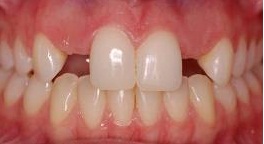

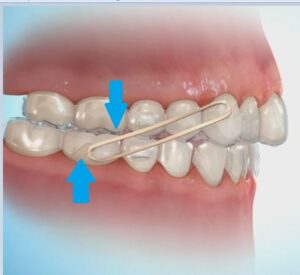
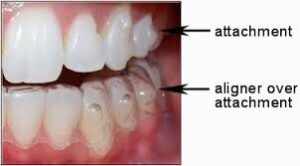





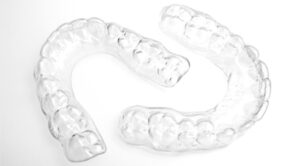
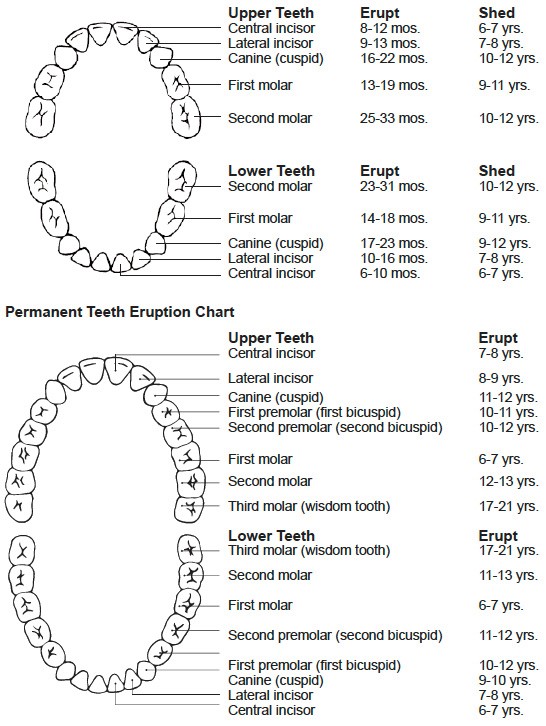
 I
I






 Website Powered by Sesame 24-7™
Website Powered by Sesame 24-7™